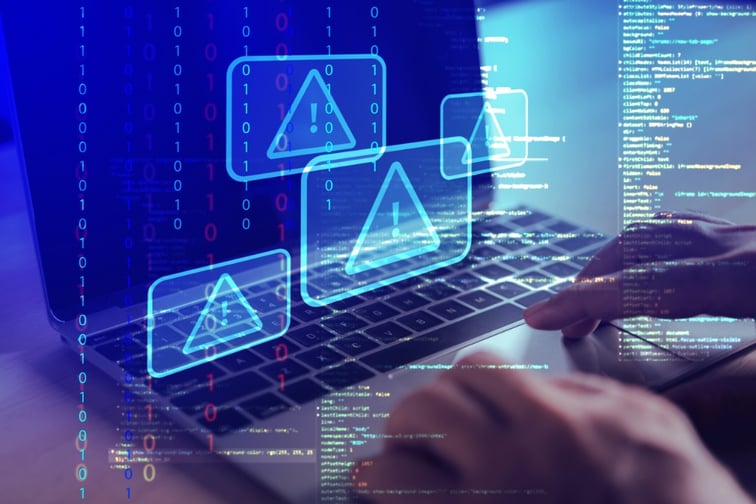

Tokio Marine HCC International (TMHCCI) has unveiled its Top 10 Cyber Incidents of 2023 report highlighting the most critical cyber incidents of the year, evaluating their financial and reputational impacts amid escalating geopolitical tensions and a surge in cyber-criminal activities.
The report notably includes a nation-state attack for the second consecutive year, spotlighting significant cyberattacks by Hamas against Israel during the onset of conflict in the Middle East. These attacks involved large Distributed Denial of Service (DDoS) efforts targeting critical civilian information websites and the exploitation of a mobile app vulnerability, enabling the interception and issuance of false alerts.
Ransomware attacks continue to dominate the cyber threat landscape, accounting for four of the top 10 incidents listed. Data breaches followed closely, being the second most frequent attack type with three occurrences.
One of the report’s highlights was the record-setting DDoS attack attempt on Google, which peaked at an unprecedented 398 million requests per second but ultimately failed.
Furthermore, the report discusses the implications of generative artificial intelligence (AI) in the cyber security domain. It focuses on how AI advancements are contributing to both the sophistication of cyberattacks and the development of innovative cybersecurity solutions. It mentions Microsoft Security Copilot as an example of how combining large language models with security expertise can enhance incident detection and response capabilities.
As cyber threats evolve, the report suggests an impending “arms race” between cybercriminals leveraging new technologies and cybersecurity professionals tasked with defending against these advanced threats. The increasing use of generative AI in cyber operations underscores the dynamic nature of the cybersecurity landscape, highlighting the need for continuous innovation in defence strategies.
What are your thoughts on this story? Please feel free to share your comments below.
